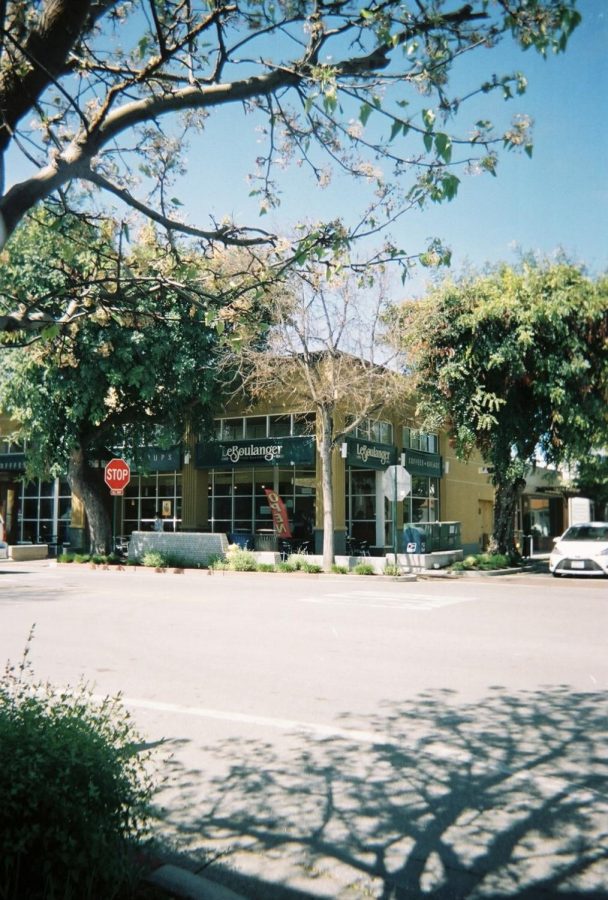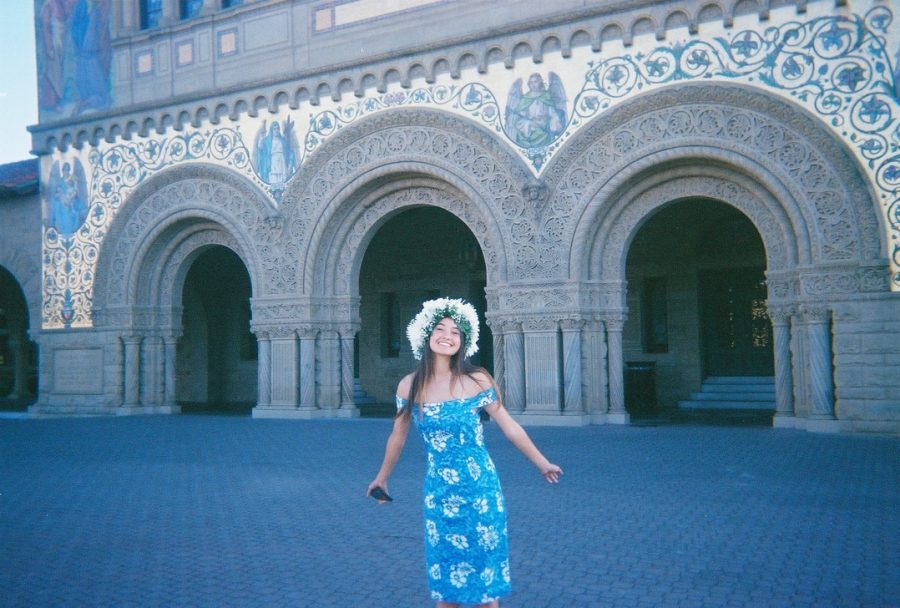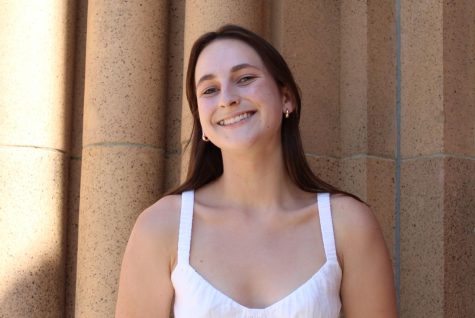Disposable Camera Comeback
4 MIN READRemember that feeling of anticipation you had as a kid when your birthday was approaching and you knew cupcakes and a bouncy house party were just around the corner? The sheer joy of it all created a ripple effect of happiness that spilled over for days. Today, students experience that same innocent bliss after turning in a disposable camera and awaiting the package of sticky, sun-streaked photos to come.
Over the past several years, there has been a return to analog. Walk into any CVS, Target, or Walmart and you’ll find a section devoted just to disposable cameras, from Fuji and Kodak to LeBox and Harman, with options for color, black and white, or underwater film. Popular in the 90s before cell phones came on the scene, disposable cameras have made a comeback just like vintage clothing and records.
Eduardo Martinez, a professional photographer who works at Mike’s camera in Menlo Park, has seen a huge increase in volume of disposable camera sales in his store, where film cameras account for 60 to 70 percent of overall sales. Martinez estimates that 90 percent of his clients who purchase disposable cameras are under age 23.
“It’s interesting that the older crowd is going for the newest cameras and the younger crowd is going for the oldest cameras they can find,” says Martinez. “I think it’s because of the retro feel and the nostalgia of it.”
Disposable cameras generate pictures with a richness and texture that is reminiscent of an older era. Martinez attributes this to the built-in lens that is so tiny that it creates a grainy effect because there isn’t much light coming in.
“These cameras give you that retro feel because it takes you back to the older technology of photography versus now with any digital camera you’re going to get really solid exposure because of how much technology has improved,” says Martinez.
While not as sleek and instantaneous as cell phones, disposable cameras are giving students back part of their childhood and a different social experience.
Paly senior, Melody Xu, started using disposable cameras when her sister gave her one as a present her sophomore year. She likes to carry a camera in her backpack so that she can use it any time.
“Taking photos on a film camera is a lot more fun and spontaneous,” says Xu. “It gives you an excuse to pull out a camera and take a candid photo of your friends. When you’re using your phone it’s a little more posed.”
The chance to spontaneously capture people and places in an old-school way without endless do-overs that ruin the candid moments is one of the reasons why disposable cameras have become popular.
In a world where images can easily be manipulated and people spend hours selecting, curating, and editing photos, there is an advantage to having a device that allows you to simply preserve a moment and move on. The goal is not perfection, but authenticity.
Xu likes to capture sunsets at the beach with her film camera. Creating shared experiences around film is part of the fun.
“I love that people post their film dumps on Instagram or make dedicated Instagram accounts for film. I really like looking through those,” says Xu.
Like many Paly students, Xu develops her film at Mike’s Camera on Santa Cruz Avenue in Menlo Park. It’s about $20 per camera to get film developed and sent to your phone or $30 to get it developed and printed.
It’s heavily debated by disposable camera enthusiasts which camera is the best. It comes down to a matter of personal preference.
“All I can say is that from what I’ve shot I really like the kodak cameras,” says Martinez. “Some people like the colors of Fuji, some people like the colors of Kodak, and Box has been coming up recently, too.”
Walk into any Paly sporting event or school gathering and you’re likely to find students taking pictures with disposable cameras. For many, it has become routine to carry a camera and know that you can snap a shot and capture a moment in time.
“Everybody says that photography might die out because of the advancement of phones but we’ve seen the complete opposite,” says Martinez. “So, as a photographer I hope this is something that goes on forever.”






2021 - 2022 - Staff Writer
2022-2023 - Social Media Manager
I joined C-mag to be part of a writer's community. C-Mag has such an impressive combination...


